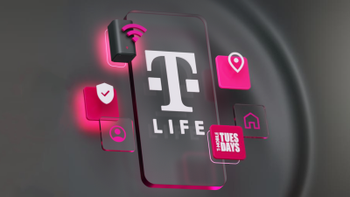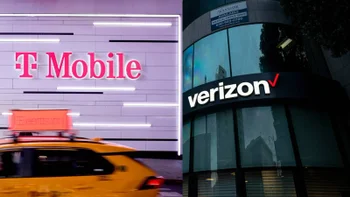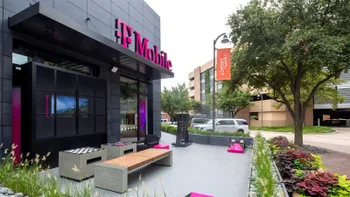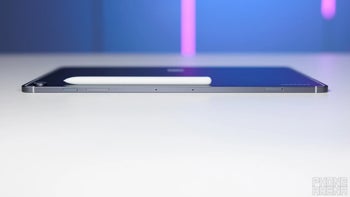Huawei's next AP for the Mate 80 series rumored to have 20% hike in performance
A leaker says that Huawei's next AP for the Mate 80 line will show a performance hike of 20%.

Huawei's HiSilicon unit was once a highly regarded team of chip designers, and Huawei was TSMC's second-largest customer after Apple. Only now is Huawei trying to make a comeback after U.S. sanctions created a huge gap between smartphone SoCs designed by Apple, Qualcomm, MediaTek, and those designed by Huawei. The 7nm Kirin 9000S powering the Mate 60 series was released in 2023 and stunned many by bringing 5G support back to Huawei phones.
The sanctions have limited what Huawei can do to improve its chips by preventing the company from obtaining advanced lithography machines, making it harder for complex circuitry patterns to be transferred onto silicon wafers. Following the release of the Kirin 9000S application processor (AP) with the Mate 60 line, all Huawei could do was change configurations on subsequent chips to get a boost in performance. The Kirin 9010 was introduced last year with the Pura 70 series. With the Mate 70 line came the Kirin 9020. The latter chip delivered a 40% improvement in performance over the Kirin 9000S, according to Huawei.

The rumored Kirin 9030 AP is tipped to have a 20% performance boost over the Kirin 9020. | Image Credit-Weibo, Huawei Central
Weibo leaker Digital Chat Station disseminated a post on the Weibo social media site last week in which he said that the upcoming Kirin 9030 AP, expected to power the Mate 80 flagship line later this year, will deliver a 20% or greater hike in performance over the Kirin 9020. That would mean that the new Kirin 9030 AP could show a 50% to 60% performance hike over 2023's Kirin 9000S.
Because of the sanctions, Huawei and foundry SMIC are not able to obtain an extreme ultraviolet (EUV) lithography machine. This is part of the reason why Huawei can't close the gap with chips designed by aforementioned names like Apple, Qualcomm, and MediaTek. Huawei hopes to be able to use multiple impressions to make up for its inability to obtain advanced lithography systems. The problem with using multiple impressions is that it is very costly to use this technique. Misalignments lead to short circuits, which lead to lower yields, higher costs, and reliability problems.
Nonetheless, with Huawei's chipsets 1-2 generations behind those from the top processor players, it hopes to have a 5nm chipset available, perhaps by the end of this year.
Follow us on Google News













Things that are NOT allowed:
To help keep our community safe and free from spam, we apply temporary limits to newly created accounts: